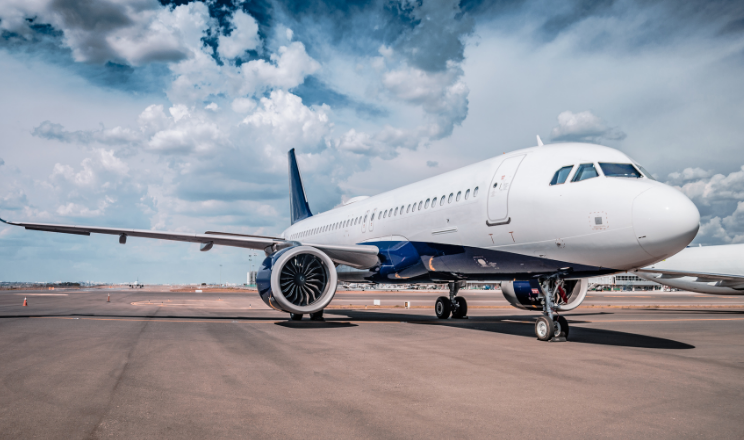
Aircraft leasing is a financial arrangement where airlines lease aircraft instead of purchasing them outright. This approach offers airlines flexibility in fleet management and significant financial benefits. Here’s an overview of how aircraft leasing works and why it is an attractive option for airlines:
Key Types of Aircraft Leasing for Airlines
- Operating Lease: In an operating lease, airlines rent an aircraft for a set period (typically 2-12 years) without taking ownership. At the end of the lease term, the airline returns the Aircraft Leasing to the lessor. This type of leasing is popular because it minimizes financial commitment, as airlines are not responsible for the aircraft’s residual value. Operating leases lend flexibility to airlines to upgrade or downsize their fleets according to market demand.
- Finance Lease (Capital Lease): In a finance lease, the airline takes on more of the risks and benefits associated with ownership, even though the lessor retains ownership of the aircraft. The lease term is typically longer, and at the end of the term, the airline often has the option to purchase the aircraft. Finance leases are considered on-balance-sheet transactions. They come into the picture when airlines plan to eventually own the aircraft.
How the Aircraft Leasing Process Works
- Agreement with a Leasing Company: Airlines agree with leasing companies, such as AerCap, Air Lease Corporation, or other specialized firms. The lease specifies the terms, including the duration, monthly lease payments, and maintenance responsibilities.
- Lease Payments: The airline makes periodic lease payments, which are typically structured based on factors like the aircraft’s type, market demand, and length of the lease. These payments may also include maintenance provisions or other operational costs, depending on the agreement.
- Aircraft Utilization: During the lease, the airline operates the aircraft as part of its fleet. The leasing company often maintains ownership and may provide maintenance support or service packages.
- End of Lease: Once the lease expires, the aircraft is either returned to the lessor, or the airline can extend the lease or purchase the aircraft. In the case of an operating lease, the airline typically returns the aircraft in the condition specified by the lease terms, often requiring a return-to-service check.
Key Benefits of Aircraft Leasing for Airlines
- Lower Capital Investment: Leasing allows airlines to avoid the high upfront costs of purchasing the aircraft. This is especially important for newer or smaller airlines lacking the capital needed for direct purchases.
- Fleet Flexibility: Airlines can adjust their fleets based on demand, adding or removing capacity without long-term commitments. This flexibility helps them adapt to market changes, new routes, or fluctuating passenger numbers.
- Cash Flow Management: Leasing allows airlines to preserve cash and manage their finances better by avoiding large capital expenditures. This frees up funds for other operational or expansion activities.
- Up-to-date Technology: Leasing makes it easier for airlines to continuously update their fleets, giving them access to the latest aircraft models with better fuel efficiency and lower emissions without being tied to old aircraft.
Challenges and Considerations for Airlines
- Long-Term Costs: Over time, leasing may become more expensive than owning an aircraft, as lease payments accumulate. Airlines must weigh the long-term cost of leasing versus purchasing.
- Lease Terms and Restrictions: Lease agreements may include stringent terms regarding aircraft usage, maintenance, and return conditions. Airlines must be mindful of these to avoid additional charges at the end of the lease.
- Operational Dependency: Airlines are dependent on lessors for aircraft availability. During periods of high demand, leasing rates may increase, or suitable aircraft may be unavailable, limiting the airline’s operational capacity.
Conclusion
Aircraft leasing is a strategic tool for airlines, enabling them to expand their fleets quickly, manage financial risk, and maintain operational flexibility. Whether through operating leases or finance leases, airlines benefit from the ability to operate a modern fleet without the burden of full ownership. Careful consideration of lease terms and long-term financial implications is crucial for maximizing the benefits of aircraft leasing.





